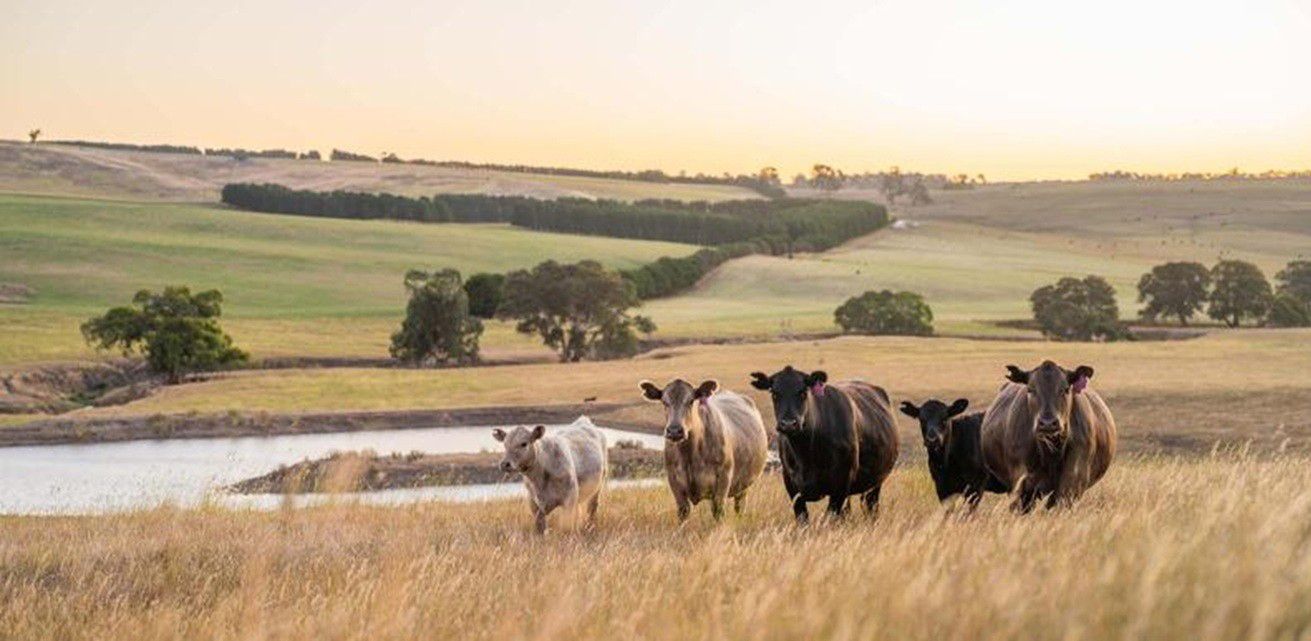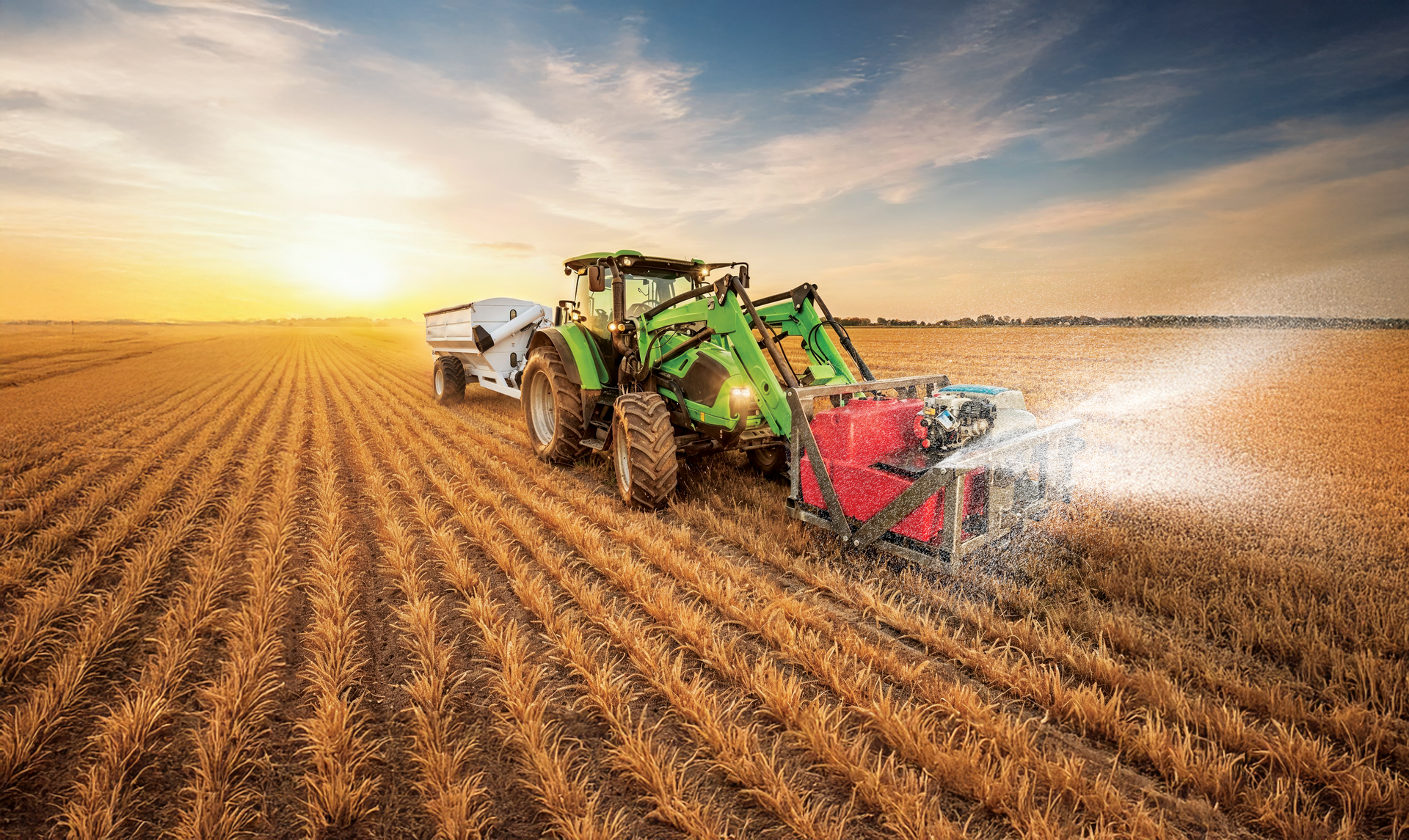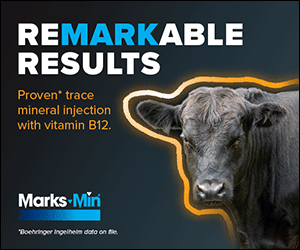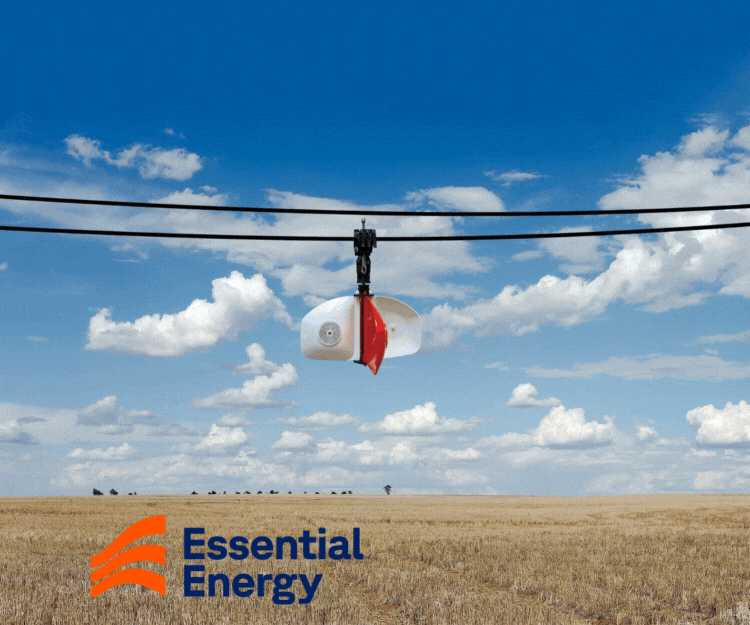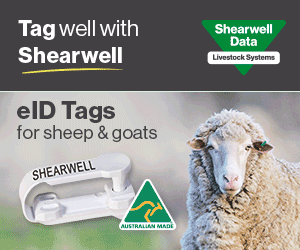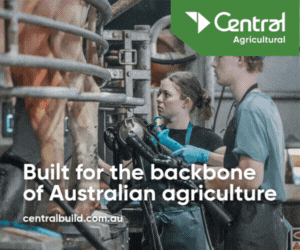1MG FlippingBooks
Managing multi-million dollar hazards to our food security
Biosecurity is an insurance policy for primary producers that yields dividends in the long run
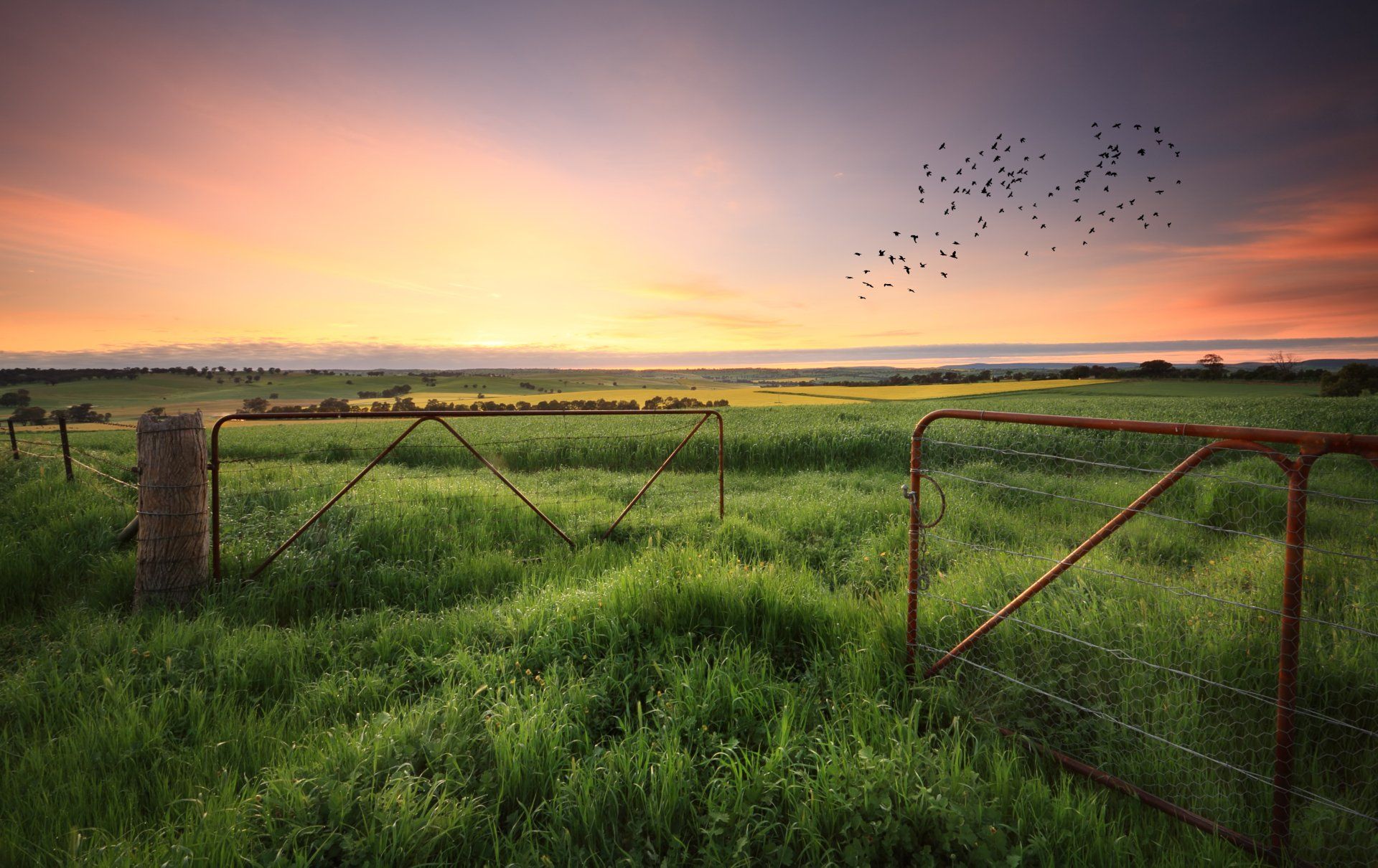
From the hand sanitising station at the local supermarket to the omnipresence of signs asking shoppers to “stop the spread” by wearing masks and staying 1.5 metres apart, the past two years of COVID-19 have underscored the significance of biosecurity.
This may explain why, between mid 2021 and mid 2022, an unprecedented 100,000 Australians visited a website dedicated to providing primary producers with up-to-date information about how to protect their crops and livestock.
Aimed specifically at Australian farmers, the Farm Biosecurity Program is designed to be a one-stop biosecurity shop offering resources such as checklist templates, animal health declarations, and biosecurity manuals among other instructional documents.
A complementary smartphone app, an extension of the Farm Biosecurity’s website and toolkit, enables farmers to see updated information in real-time at their fingertips.
Officially launched in 2011, the program was developed jointly by Plant Health Australia (PHA) and Animal Health Australia (AHA), which represent their respective core concerns.
Rob Barwell from AHA, who previously worked as a vet locally and overseas as well as for the New South Wales Department of Primary Industries before joining Australia’s animal health body in 2012, says the genesis of the program stems from protecting Australia’s strong reputation as a biosecure nation.
Apart from COVID-19, other “nasties” making their way to Australian shores in recent times that pose a threat to this world-class reputation include tropical disease Japanese encephalitis, now appearing as far south as regional Victoria. Meanwhile, African swine fever and foot-and-mouth disease were both recently found in our near northern neighbours.
All three are a potential danger to Australian agriculture, which the National Farmers’ Federation believes can become a $100 billion industry by the year 2030.
This is up from the industry’s current economic performance of $70-$80 billion revenue annually. An outbreak of foot-and-mouth disease would reduce this figure by $50 billion over ten years, according to recent modelling performed by the Commonwealth Scientific and Industrial Research Organisation.
The Farm Biosecurity program is an important part of Australia’s emergency animal disease and exotic plant pest preparedness and surveillance systems.
Rob speaks of the importance of understanding and managing the six biosecurity essentials: farm inputs; people, vehicles and equipment; production practices; feral animals and weeds; farm outputs; and, train, plan, and record.
Central Queensland cattle producers Melinee and Rob Leather, who in 2019 won the Farm Biosecurity Producer of the Year award for their advocacy work, say “Good biosecurity practices will protect our people, environment and animals. A biosecurity outbreak will impact on profitability, productivity, and property values.” What’s good for the producer, then, is good for the environment. Rob says the COVID-19 pandemic has reminded us all of the importance of human biosecurity – and how important biosecurity practices are to implement at the individual, regional, and national level. “Australia’s biosecurity system is like an insurance policy for producers, property, crops, and animals.”

